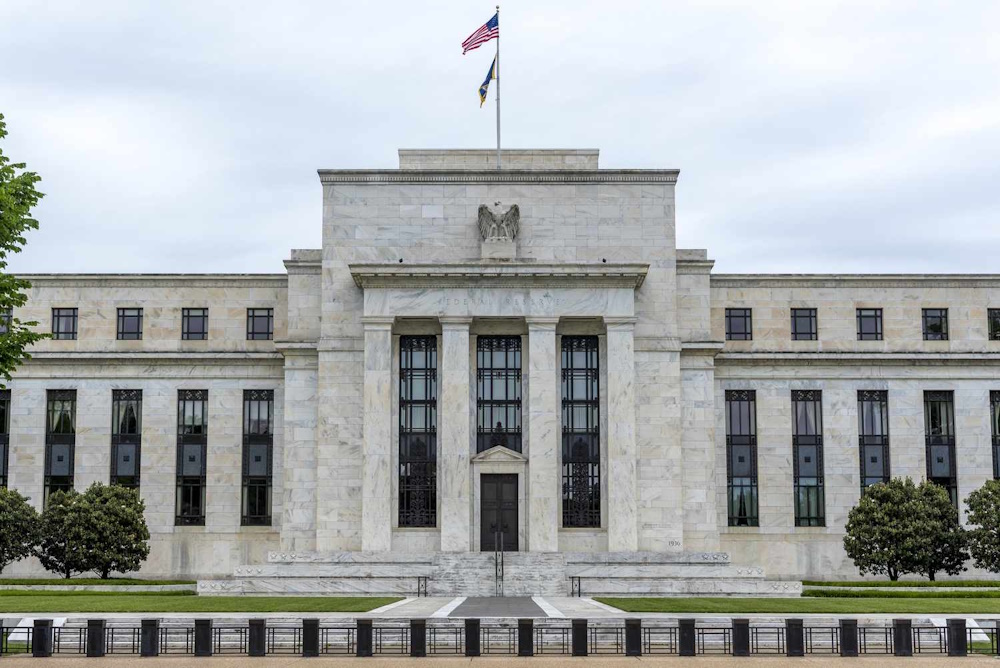
The Federal Reserve’s rate cut this week is impacting the housing market, leading to a decrease in mortgage rates and a surge in refinancing activity. The 30-year fixed mortgage rate averaged 6.26% for the week ending September 18, a decrease from 6.35% the previous week. This marks the fourth consecutive week of declines, as mortgage rates decreased in response to expectations surrounding the Fed’s quarter-point rate cut scheduled for Wednesday.
An increasing cohort of homeowners who secured mortgages at elevated rates in recent years are now seizing the opportunity to capitalize on potential savings. Last week, refinance application volume surged by almost 60% compared to the previous week. While the Fed has indicated that additional rate cuts are forthcoming, the trajectory of mortgage rates remains uncertain regarding a consistent decline. Mortgage rates do not move in direct correlation with the actions of the Federal Reserve. Instead, they track the 10-year Treasury yield, which reflects investor expectations regarding future inflation and economic growth. The Federal Reserve is presently contending with persistent inflation alongside a declining labor market, rendering its forthcoming monetary policy decisions uncertain. The 10-year has demonstrated that uncertainty, momentarily declining after the Fed’s rate cut announcement on Wednesday, only to subsequently rise even higher in the following hours. The fluctuations observed may have a direct effect on mortgage rates.
Certain mortgage lenders caution that borrowing costs might not decrease significantly from current levels. “Mortgage rates are forward-looking, and by the time the Fed announces a cut, markets have usually already priced it in,” stated Bill Banfield. “Rates may remain relatively stable in the near term as markets have already factored in this reduction.” Nonetheless, an increasing number of buyers are opting for adjustable-rate mortgages, anticipating a further decline in rates in the years ahead. The proportion of borrowers opting for ARMs has reached its peak since 2008. In contrast to fixed-rate loans, adjustable-rate mortgages can offer short-term advantages through lower initial interest rates. However, they come with inherent risk: following the introductory phase — which usually lasts five, seven, or ten years — the interest rate will reset and align with market conditions. If rates increase in the future, borrowers may experience an uptick in their monthly payments as well. Reports indicated that a deteriorating economic outlook could suppress housing demand, despite mortgage rates declining to their lowest levels in almost a year. “In times of economic uncertainty, residential mobility stalls; buyers, sellers and renters stay put,” he stated. “As we approach the slower season of the housing cycle — characterized by the influence of school schedules, holidays, and cooler weather on housing activity — the effect of minor fluctuations in mortgage rates, whether an increase or decrease, is expected to be limited.”
During the press conference on Wednesday, Fed Chair Jerome Powell indicated that certain affordability challenges within the housing market might exceed the central bank’s capacity to address, considering its constrained mandate. Powell emphasized the significant deficit of available homes for sale, which has resulted in an increase in home prices. “There’s a deeper problem here; that’s not a cyclical problem that the Fed can address, and that is just a pretty much nationwide housing shortage,” Powell stated. “Many regions across the nation are experiencing a significant shortage of housing for residents,” he added.

